The Pedosphere: Soil on Earth

Earth’s pedosphere
The pedosphere is like the “skin of Earth”. Because just like your skin, it has a thin outer surface.
It also has tiny pore spaces similar to your skin. If soil doesn’t get enough moisture, it dries out. Just like your skin too.
Earth is blanketed by just centimeters of soil. It’s a half-open space mixed with organic material (humus).
The pedosphere is tied intimately with the atmosphere, hydrosphere, and biosphere.
How did the pedosphere form?
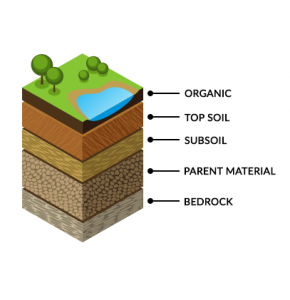
If you let a big boulder sit for thousands of years, weathering will eventually break it down into soil. Mechanical, chemical and biological weathering all take their toll to break down rocks.
Over time, erosion disintegrates boulders into the soil. Eventually, it will become loose particles of sand, silt, and clay. Then, mass wasting moves this material downslope.
Soil is constantly being deposited. It covers previous layers and creates new layers on top. This is why soil profiles are several feet in depth.
The biggest influence on soil formation is water. Water dissolves rocks and breaks them down into finer material. Climate, terrain, organisms, parent material, and time are the 5 major formation factors.
Why is the pedosphere important?

Here are some of the biggest reasons why the pedosphere is important to us:
FOOD PRODUCTION: In agriculture, plants establish their roots. Because plants grow in soil, large-scale food production and farming are possible.
MICRO-ORGANISMS: Burrowing animals, bugs and rodents call the pedosphere their home. The pedosphere also houses bugs, earthworms, bacteria and fungi. These decomposers are vital in the nutrient cycle because they break down plant litter and animals.
GROUNDWATER FILTRATION: The pedosphere also acts as a filtration system for groundwater. After it rains, water fills in tiny pore spaces within rocks and soil. This groundwater is like a sponge soaked in water which we extract for drinking purposes.
A healthy pedosphere is good for our environment and climate. Soil acts as a buffer for excess nutrients and heavy metals. In addition, the pedosphere is the largest carbon sink on land. In fact, it holds 3 times more carbon than the atmosphere.
What are the risks to the pedosphere?

The main risks to the pedosphere are:
- Soil degradation
- Erosion
- Fertility
You commonly see these risks in crop production and tree planting regions. Intense agriculture usage removes nitrogen (N), phosphorus (P), and potassium (K) from the soil. If you deplete the soil from these key nutrients, it deprives the plants of growing.
Overgrazing compacts soils and increases the risk of erosion. If these types of conditions are pursued for long periods of time, they can degrade into the process of desertification.
22% of the total cropland, pasture, forest, and woodland has been degraded in some way [1]. Overall, degraded soil can lead to issues in food security, ecological health, and biodiversity.
What types of jobs involve the pedosphere?

Soil scientists, pedologists, agronomists and hydrogeologists work in industries such as:
- Agriculture
- Mining
- Petroleum
- Construction
- Forestry
They focus on issues such as environmental protection, soil fertility, and sustainability. Pedalogists gather field data and classify soil types. Each soil type has its own benefits. For example, high organic matter is good for crop production. But if you have soils without organic matter, this is typically good for construction sites.
Soil scientists interpret aerial photography, historical records, and topographic maps. Based on their examination, they cross-check their analysis with ground truth information. Then, they classify soil types by mapping them out.
What is the pedosphere?
The pedosphere is the uppermost layer of the Earth’s surface, composed of soil and subject to change due to erosion by water and wind.
This dynamic layer plays a crucial role in supporting plant life and terrestrial ecosystems.
If you have any questions about the pedosphere, please let us know with a comment or question below.
References
Jie, C., Jing-zhang, C., Man-zhi, T. et al. J. Geogr. Sci (2002) 12: 243. https://doi.org/10.1007/BF02837480 (Soil degradation: a global problem endangering sustainable development)

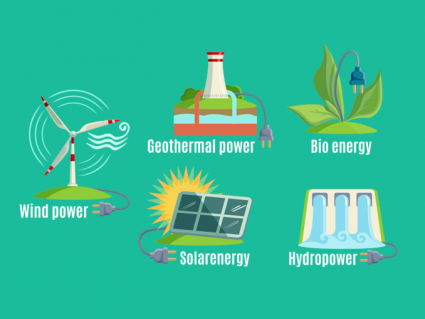
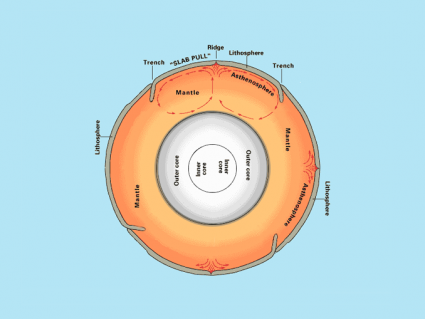

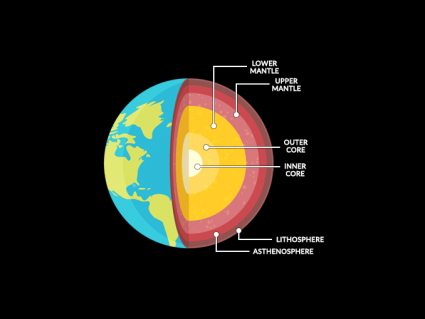

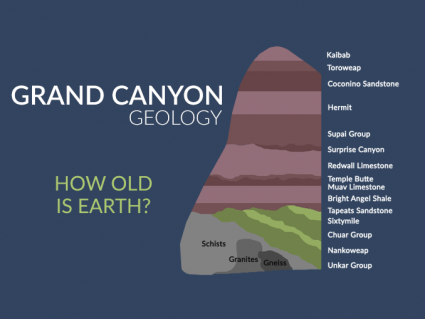


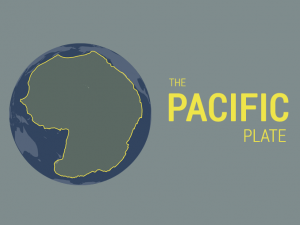
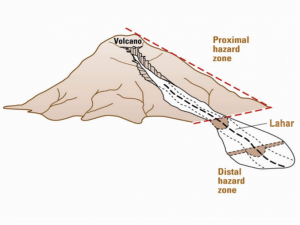

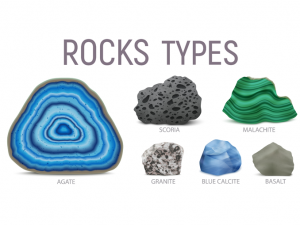
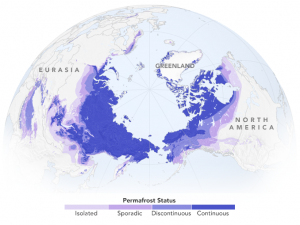

Who is here in 2025?
Show by illustration the sphere and component that constitute the pedosphere
How can I perform a soil test?
What is the relationship between pedosphere and soil.